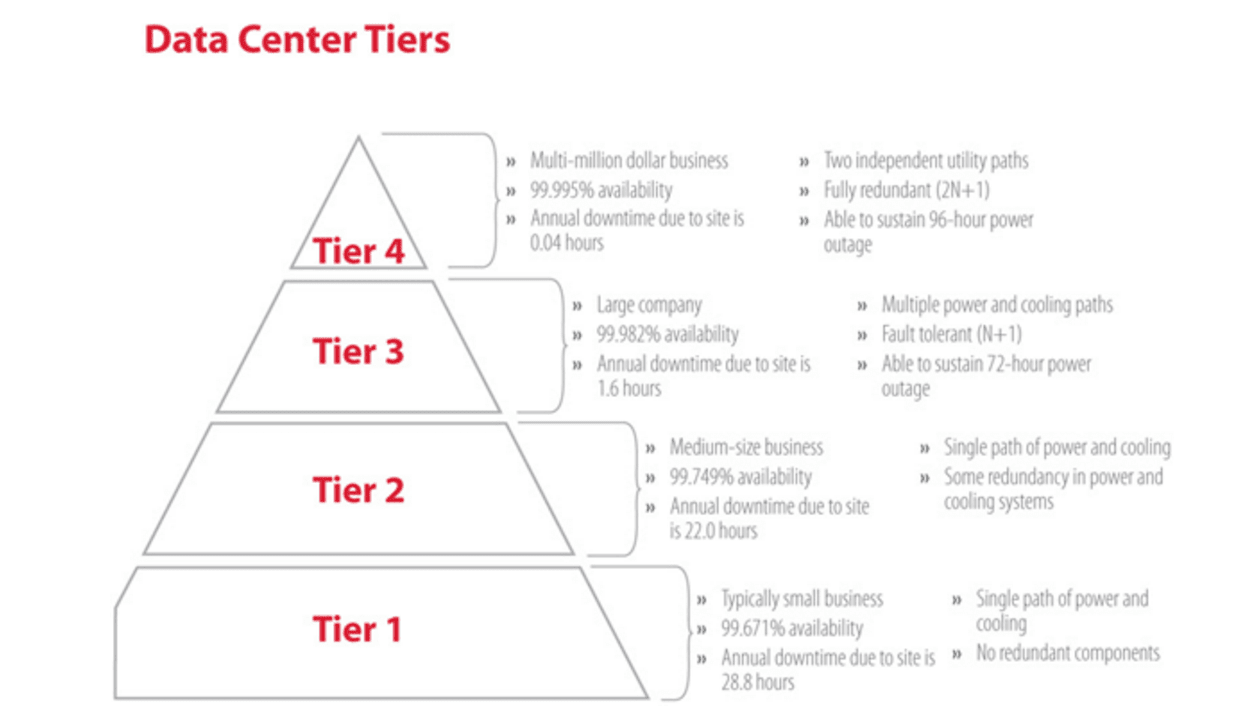Who Pays Redundancy Money? A Thorough Guide for Employers and Employees
Who Pays Redundancy Money? A Thorough Guide for Employers and Employees
Blog Article
Evaluating the Mechanisms of Company Redundancy and Its Impact on Employee Spirits
The mechanisms behind the decision-making procedures leading to worker redundancies can have significant results on morale within a company. By checking out the intricate interaction between company downsizing approaches, employee reactions, and business strength, a clearer photo arises of the detailed dancing between service demands and human emotions.

Impact of Firm Redundancy on Morale
The significant increase in company redundancies has actually had an extensive influence on staff member spirits in recent months. As companies navigate economic obstacles, the choice to downsize or reorganize procedures usually brings about heightened levels of unpredictability and stress and anxiety amongst employees. The worry of shedding one's task, coupled with the enhanced workload for continuing to be staff, can create a difficult workplace that moistens morale.
Employees who witness their colleagues being laid off might experience survivor regret, really feeling happy for their very own setting while additionally coming to grips with feelings of despair and instability. This emotional turmoil can adversely affect performance and interaction, as individuals have a hard time to focus among the turmoil.
In addition, the lack of openness bordering the redundancy procedure can additionally deteriorate count on and self-confidence in company management. if a company goes bust who pays redundancy. When employees feel uninformed or disregarded during such unstable times, their commitment to the company diminishes, and morale plummets
Aspects Leading to Company Downsizing
Among economic uncertainties, firms usually face the difficult job of determining and dealing with crucial variables that demand downsizing their procedures. One significant element causing business downsizing is economic instability. When a firm experiences economic difficulties such as decreasing revenues, enhancing costs, or extreme financial debt, scaling down might become an essential procedure to make sure the company's sustainability. Technical improvements likewise play an important role in business scaling down. Automation and the fostering of extra effective procedures can lead to a decreased need for human labor, causing workforce reductions. Market variations and adjustments in consumer preferences are additional factors that can trigger scaling down initiatives. Firms need to adapt to evolving market conditions to remain affordable, and this occasionally entails restructuring procedures and minimizing workforce size. Furthermore, mergings and purchases can result in redundancies, prompting firms to scale down to remove overlapping functions and streamline procedures. On the whole, a combination of economic challenges, technological changes, market dynamics, and business modifications usually drive business towards scaling down as a strategic decision.
Strategies for Reducing Adverse Results
Factors causing business scaling down demand the execution of strategic measures aimed at mitigating the negative effects on both the company and its employees. One effective strategy is to keep transparent communication throughout the scaling down procedure. Clear interaction helps workers comprehend the factors behind the redundancy, minimizes uncertainty, and reduces anxiety. Giving outplacement solutions can additionally soften the impact of job loss by assisting basics displaced employees change to brand-new work efficiently. Supplying occupation counseling, return to creating assistance, and work search support can boost spirits and assist in a quicker return to the workforce.
In addition, rewarding the devotion and acknowledging and tough job of workers that continue to be can assist keep motivation and stop a decrease in spirits. By implementing these strategies, business can browse scaling down with more concern and mitigate the negative impact on worker morale.
Employee Durability Among Redundancy
Browsing via durations of redundancy, employees are commonly called for to show resilience despite business modifications. Worker strength among redundancy describes the capacity of people to adjust, deal, and recuperate from the difficulties posed by possible job loss. This resilience can show up in numerous methods, such as preserving a positive attitude, looking for new opportunities, upskilling, and networking to enhance employability.
Resistant staff members frequently exhibit a growth mindset, watching setbacks as short-lived and concentrating on discovering and advancement. They are positive in managing their feelings, seeking support when needed, and maintaining a feeling of optimism about the future. Additionally, resistant workers are most likely to accept modification, see it as an opportunity for professional and individual growth, and continue to be fully commited to their job progression despite the unpredictability produced by redundancy.
Organizations can sustain employee strength through transparent interaction, offering accessibility to resources find more information for upskilling and re-training, supplying job therapy services, and identifying and rewarding staff members who show resilience during challenging times. By cultivating a society of strength, business can help staff members navigate redundancy better and emerge more powerful from the experience.
Building an Inspired Labor Force Post-Redundancy
In the after-effects of business restructuring and worker strength in the middle of redundancy, cultivating an inspired labor force ends up being paramount for the firm's future success and employee wellness. Developing a motivated labor force post-redundancy calls for a tactical technique that focuses on restoring trust, improving spirits, and re-engaging employees. Interaction plays a crucial role in this process, as clear and open dialogue can help workers comprehend the reasons behind the redundancies and the company's vision moving on.
Providing possibilities for staff member growth and development is an additional crucial aspect of developing a determined workforce post-redundancy. Using training programs, mentorship possibilities, and job advancement prospects can assist staff members feel valued and spent in their future within the company - if a company goes bust Our site who pays redundancy. Identifying and compensating staff members for their payments, especially throughout tough times, can additionally increase spirits and motivation

Verdict
In conclusion, business redundancy can have a significant effect on staff member morale, resulting in reduced motivation and job satisfaction. Recognizing the elements that add to scaling down and applying strategies to mitigate unfavorable impacts is crucial for keeping employee durability during difficult times. By cultivating a helpful workplace and offering chances for specialist growth, firms can restore a motivated workforce post-redundancy.
The considerable boost in company redundancies has had a profound effect on worker morale in recent months. By carrying out these strategies, companies can navigate scaling down with more empathy and reduce the unfavorable impact on employee spirits.
In the after-effects of organizational restructuring and employee strength amidst redundancy, fostering a motivated labor force ends up being extremely important for the company's future success and staff member health. Communication plays a critical function in this process, as transparent and open discussion can help staff members comprehend the reasons behind the redundancies and the firm's vision relocating onward.
In verdict, business redundancy can have a significant impact on staff member morale, leading to lowered motivation and task complete satisfaction. (if a company goes bust who pays redundancy)
Report this page